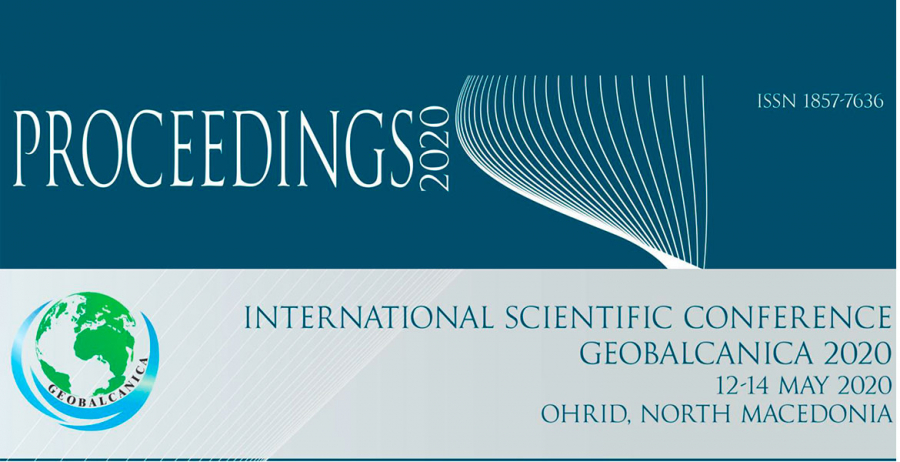The overall objective of the study is to collect empirical information on the supply and demand of cultural heritage attractions in Bulgaria, and the specific objective is to outline a detailed profile of visitors to tourist attractions based on cultural heritage.
The methodological toolkit includes preliminary desk research of the selected attractions, semi-structured interviews with the “operators” of cultural heritage attractions, questionnaire survey of visitors to cultural heritage attractions, as well as observations and expert assessments. The visitor typology is based on the methodology proposed by McKercher (2002). It aims to create a more precise classification (segmentation) of "cultural tourists" and is based on a combination of two dimensions - the importance of cultural motives (cultural tourism) in the decision to visit the destination and the depth of experience associated with the culture and heritage of the destination. Altogether 668 visitors were interviewed at 30 sites, identified as cultural heritage tourist attractions.
The questionnaire design and the data obtained allow the outlining of a detailed profile of visitors in terms of their socio-demographic characteristics, and the characteristics of the trip, respectively of the tourists’ behavior. A visitor typology in terms of cultural tourism is elaborated, including the profile of each of the distinguished types. Their relationship with visitor and travel characteristics is revealed and analysed. The results indicate that the cultural tourist type in most cases is a variable that explain the differentiation in visitors’ behaviour better than the typically used socio-demographic characteristics.

